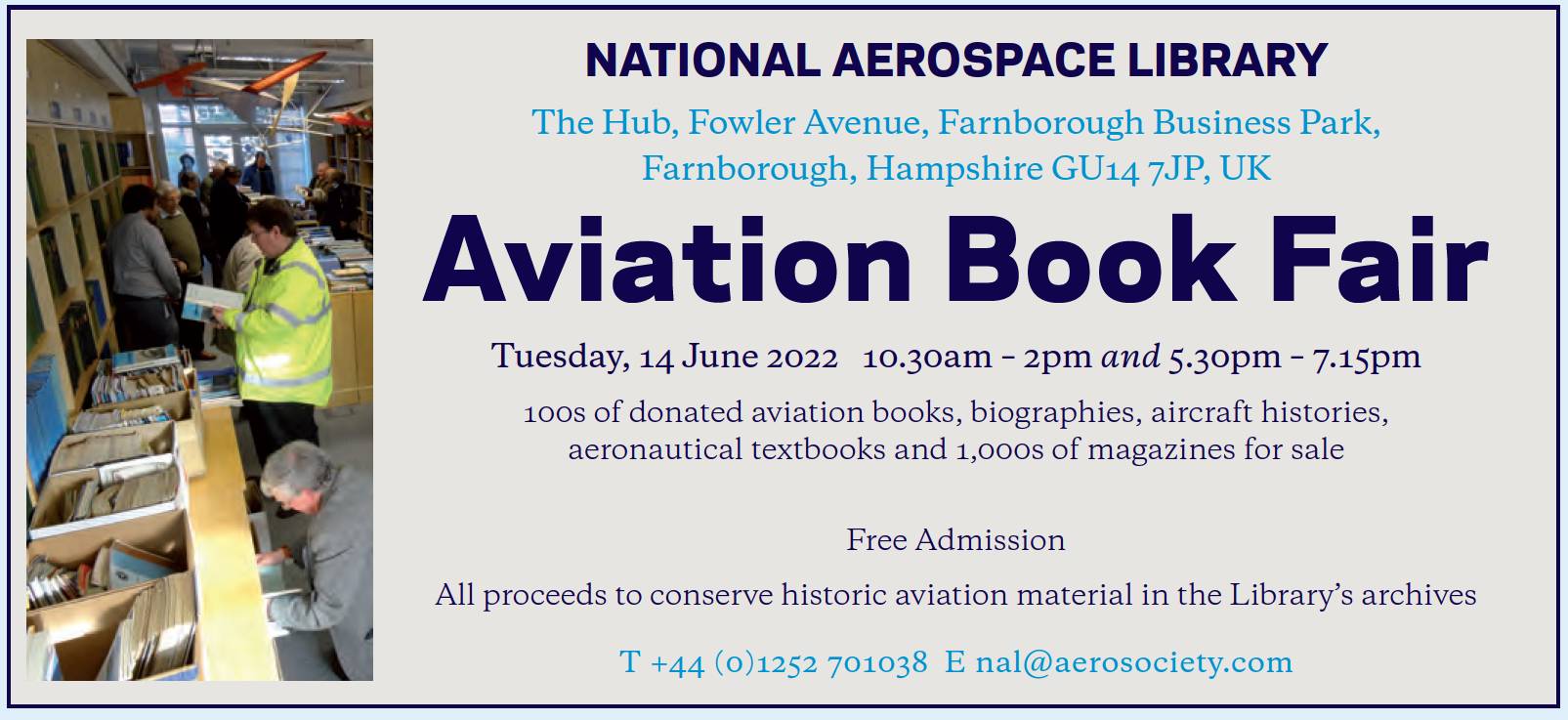Book Reviews
Air World, 2021, 238pp, £25.
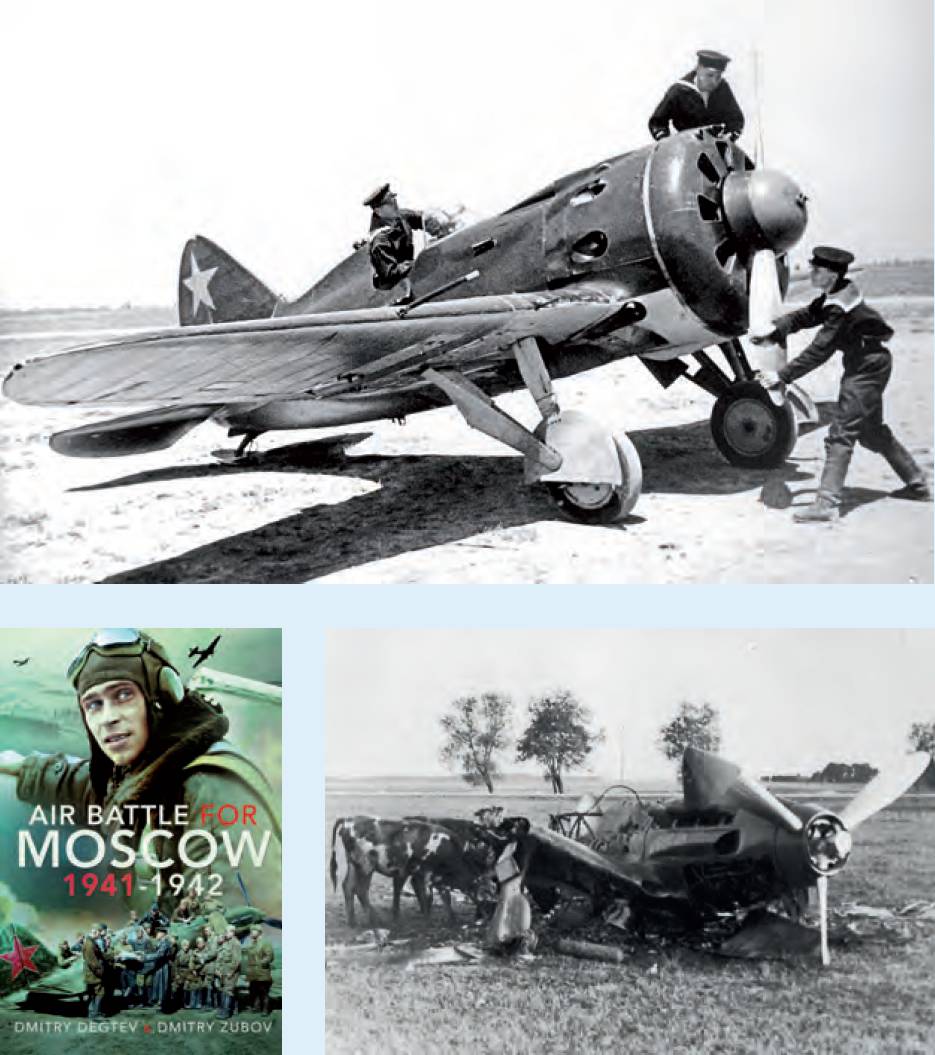 Top: A Soviet Polikarpov I-16. Above: A destroyed Russian Mikoyan-Gurevich MiG-3 fighter.
Top: A Soviet Polikarpov I-16. Above: A destroyed Russian Mikoyan-Gurevich MiG-3 fighter.
The authors are part of a new generation of Russian aviation historians who, while proud of their nation’s efforts, are more critical and willing to use German sources to provide perspective. This is very clear from this account of the 6th Home Defence Fighter Corps’ defence of Moscow from June 1941 to April 1942 which is based upon the corps’ war diary and other Russian documents which would be difficult for Western historians to access.
Such a study might be regarded as a niche subject, rather like focusing upon 11 Group during the Battle of Britain. But the corps, hastily created from a division soon after the German attack, was one of the largest concentrations of Soviet air power until the summer of 1942, with nearly 500 aircraft at its peak, and played an important role in supporting the Red Army during its winter counteroffensive. The authors provide considerable detail, not only upon its operations but also losses, claims as well as enemy aircraft actually destroyed, making this an invaluable source for anyone interested in air operations over the Eastern Front.
It also supplies, sometimes in passing, some fascinating insights into those operations from the Russian perspective. It is often said that during the bitter winter, the Russians were more successful in flying than the Germans but the authors produce evidence to the contrary and they appear to indicate the Hurricanes and Tomahawks, much-maligned in the Soviet era, were more effective during the winter than domestically-produced fighters.
They also point out something of which I was unaware, that aero-engine manufacturing standards were so low that not only did they produce unreliable engines but also ones which were ‘gas guzzlers’, reducing the time fighters could spend in the air. Their account also shows German strategic bombing upon Moscow was far more effective than has previously been recognised, despite being on a far smaller scale compared with attacks upon London or other British cities only a few months earlier.
However, the book does have shortcomings including a lack of information on Soviet air defence doctrine and the air corps’ infrastructure, especially the pre-war radar chain which appears to have been used mostly for tracking but less frequently for GCI, a fact mentioned in passing. The authors uniquely claim the air offensive against Moscow was code-named ‘Clara Zetkin’ after an obscure German Communist, which seems highly unlikely, while treatment of two protagonists, the Luftwaffe’s Wolfram von Richthofen and the corps’ Ivan Klimov is disappointingly shallow to the point of caricature. The former is described as a psychopath with the bizarre claim he was given the non-German nickname ‘Nazgûl’ (Ghost King), best known as characters from Tolkien’s works. Klimov is lambasted as a fanatic who made false reports, apparently referring to over-claiming and poor analyses of enemy attacks, but the authors provide no evidence and their work clearly shows he was passing on officially accepted claims just like Dowding during the Battle of Britain.
Nevertheless, there is a wealth of detail about the corps’ activities and aircraft and careful ‘panning’ will provide numerous specks or even nuggets of gold. While there are weaknesses, this work, from Pen & Sword imprint Air World, is certainly worth purchasing by anyone who has a serious interest in Eastern Front air operations.
E R Hooton
By James Jackson
Crecy, 2021, 192pp, £29.95.
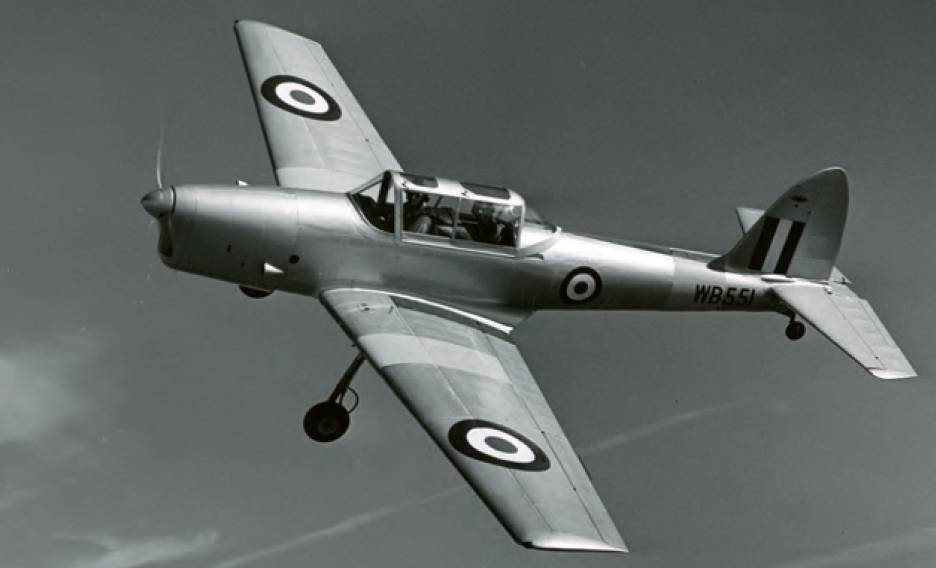 De Havilland Canada DHC1 Chipmunk TMk10, WB551, of the RAF.
De Havilland Canada DHC1 Chipmunk TMk10, WB551, of the RAF.
All military pilots, be they Royal Air Force, Army Air Corps or Fleet Air Arm, have one thing in common, which is that they all have to be trained to operational standard. Many books have been written about the various operational aircraft used by the military but very few have studied the multitude of training aircraft that have been used over the years. This new book, with a clever title reminiscent of Douglas Bader and Reach For The Sky, is a comprehensive study of every training aircraft used by the British military since 1945.
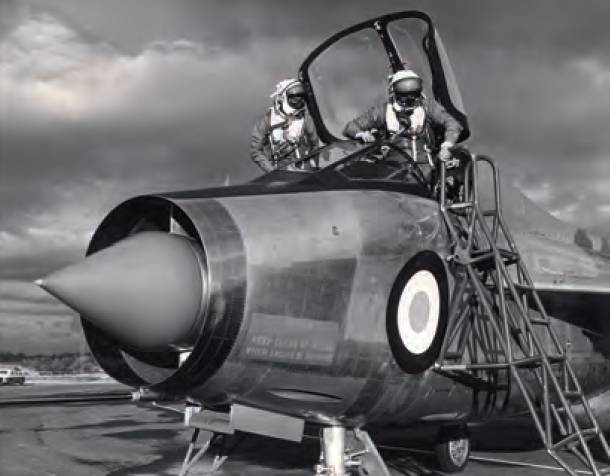 Pilots entering the cockpit of a two-seat English Electric Lightning. RAeS/NAL.
Pilots entering the cockpit of a two-seat English Electric Lightning. RAeS/NAL.
The new technologies that have emerged since 1945 have, of course, led to significant changes to the syllabus and organisation of military training and the book concentrates on the evolution and development of aircraft and training systems that followed the changing requirements over the last 75 years, rather than the detailed structure and performance of the many aircraft concerned.
There has been continuing investment in training aircraft and equipment over the period considered, from elementary basic trainers to advanced jet-powered aircraft and helicopters. The various aircraft used over the past 75 years for Basic, Advanced and Operational Conversion training are all discussed, not just for pilots but also for other aircrew, including navigators, air electronic operators and maritime observers.
The story starts with the Tiger Moth and Chipmunk aircraft that were in use at the end of WW2 and continues through to the present day when most of the basic training is carried out by private companies on contract to the Ministry of Defence. Many famous aircraft names appear including the Balliol, Jet Provost, Gnat, Hawk and Tucano, as well as the trainer versions of operational aircraft, such as the Hunter, Harrier and Lightning. The book contains a large number of photographs and drawings of the individual aircraft
More than 100 aircraft types are mentioned in the text, not all of which actually entered service with the RAF, but the Hawk and the Tucano are considered in great depth having separate chapters describing the history of their selection, development and subsequent in-service life.
The Hawk was designed by Hawker Siddeley at Kingston in response to Air Staff Target 397 and in late 1971 was declared the winner of a competition with the BAC P 59. In 1972 a fixed price contract was placed for 175 aircraft and the first aircraft flew in August 1974. The aircraft proved to be a spectacular success and more than 1,000 have been sold around the world, both as trainers and as combat aircraft. It is still in service with many air forces and is, of course, used by the Red Arrows display team.
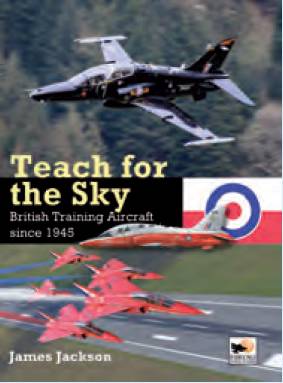 In 1983 Air Staff Target 412 was issued for a trainer to replace the Jet Provost. There were three contenders in the ensuing competition: the Embraer Tucano, offered by Short Bros, the Pilatus PC9, offered by British Aerospace, and the NDN Firecracker, offered by Hunting.
In 1983 Air Staff Target 412 was issued for a trainer to replace the Jet Provost. There were three contenders in the ensuing competition: the Embraer Tucano, offered by Short Bros, the Pilatus PC9, offered by British Aerospace, and the NDN Firecracker, offered by Hunting.
In early 1985 the Ministry of Defence announced that the Tucano had been selected and a contract was let for 130 aircraft.
The book discusses at some length the fact that this was seen by some as a political decision but points out that the PC9 has had the last laugh because a variant is currently being used by the private training contractor, while the Tucano is now out of RAF service.
This is a large book and the amount of detail it contains is astonishing, as is the amount of research involved by the author.
For anyone wishing to read about military aircrew training since 1945, Teach For The Sky must be by far the best place to start.
Sir Donald Spiers
HonFRAeS
Routledge, 2021, 286pp, £120 Hardback, £29.56 e-book.
 timofticatalin
timofticatalin
This new publication, as the latest book to appear in the International Maritime Organization Legal Institute (IMLI) Studies in International Maritime Law series, sets out to identify and review international transport law, with a focus on passenger rights, in the context of the ‘boom of mobility’ experienced in Europe and beyond over the past 30 years. The book begins with an introductory chapter by the editor, followed by two further chapters on, respectively, the relevant international and European bodies responsible for passenger rights. Through the first three chapters and a collection of four chapters, all eloquently written, the book’s editor, co-authors and contributors achieve the book’s aim.
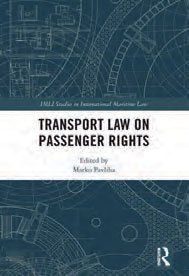 The reader is brought along on a journey that traces the evolution and current state of passenger rights across the four modes of transport: sea, air, rail and road.
The reader is brought along on a journey that traces the evolution and current state of passenger rights across the four modes of transport: sea, air, rail and road.
In addition to covering the relevant international transport law in general, each of the chapters considers the relevant domestic, European Union and international law and jurisprudence on passenger rights in each of the transport sectors.
The reader is also introduced to the various technical and regional organisations that devise international rules for the carriage passengers and cargo. Not only does the book reflect upon the progress that these organisations have made to date, it also recognises issues that are likely to remain firmly on the agenda of European and international lawmakers in the years to come; for instance, consumer-focused law and policy, the global impact of the Covid-19 pandemic on passengers and transport, and work towards achieving a level playing-field for operators within each of the transport sectors.
The book is as topical as its substantive contents are current, including reference to trends, recent proposals and ongoing developments in each of the areas of transport.
Transport Law on Passenger Rights follows a logical structure and offers sound conclusions; it is also an enjoyable read. From background information to legal authority references, this useful book would be a highly recommended addition to the bookshelves of academic and professional transport and commercial lawyers, as well as students.
Prof Dr Steven Truxal
Chair and Director of the International Institute of Air and Space Law Leiden University, the Netherlands
